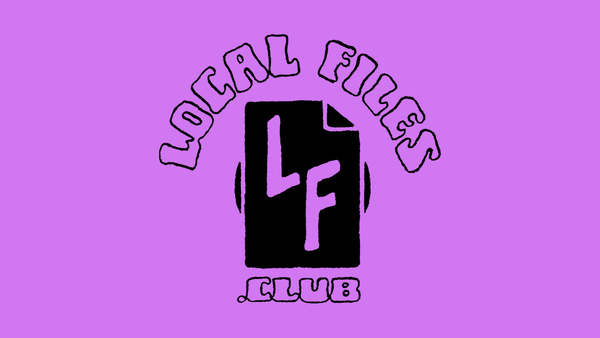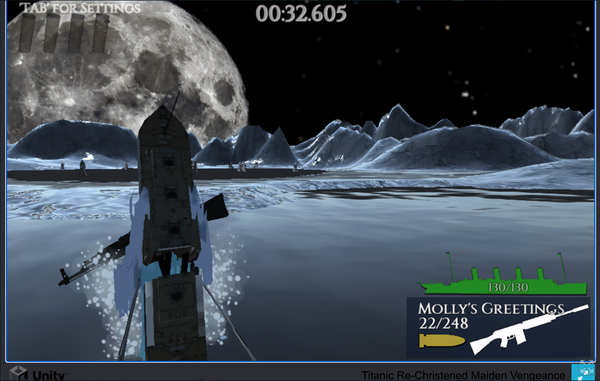Goodbye to a dancing hot dog
You and I will meet again someday, Dancing Hot Dog...

Fall 2017, you couldn't miss it. It was everywhere and nowhere all at once. You'd check social media and there it was—concerts, private parties, the subway—but you'd never see it IRL. That was, of course, until they made it into a Halloween costume.
The Snapchat Dancing Hot Dog. It arrived unceremoniously in the summer of 2017 and within days was a celebrity the likes of which had before been seen. A classic hot dog on a bun, topped with two squiggly strips of ketchup and mustard and crowned with a large pair of over-ear headphones, the Snapchat Dancing Hot Dog is bumping music, constantly moving and grooving and breakdancing. Affixable to your surroundings with some early augmented reality magic, the Snapchat Dancing Hot Dog became a mainstay of everyday virtual life. And with the Halloween costume, it took a giant leap from the digital world to your physical space.
Snapchat's parent company, Snap, Inc., had gone public earlier that year. A strong believer in the ephemeral photo sharing app, I invested on day one, purchasing a single share for $22.69. But despite the popularity of the Dancing Hot Dog filter, the company's share price had been steadily dropping. Snap needed to do something to turn the ship around, to separate themselves from the other social media companies and prove that the business fundamentals were solid. Naturally, that meant turning their prized AR filter into a Halloween costume.
I bought one—obviously—for $80 on Amazon. Yes, this was almost four times the cost of my actual investment in Snap, but I thought the Dancing Hot Dog costume could pay dividends, too.
That first Halloween, the costume was a massive hit:
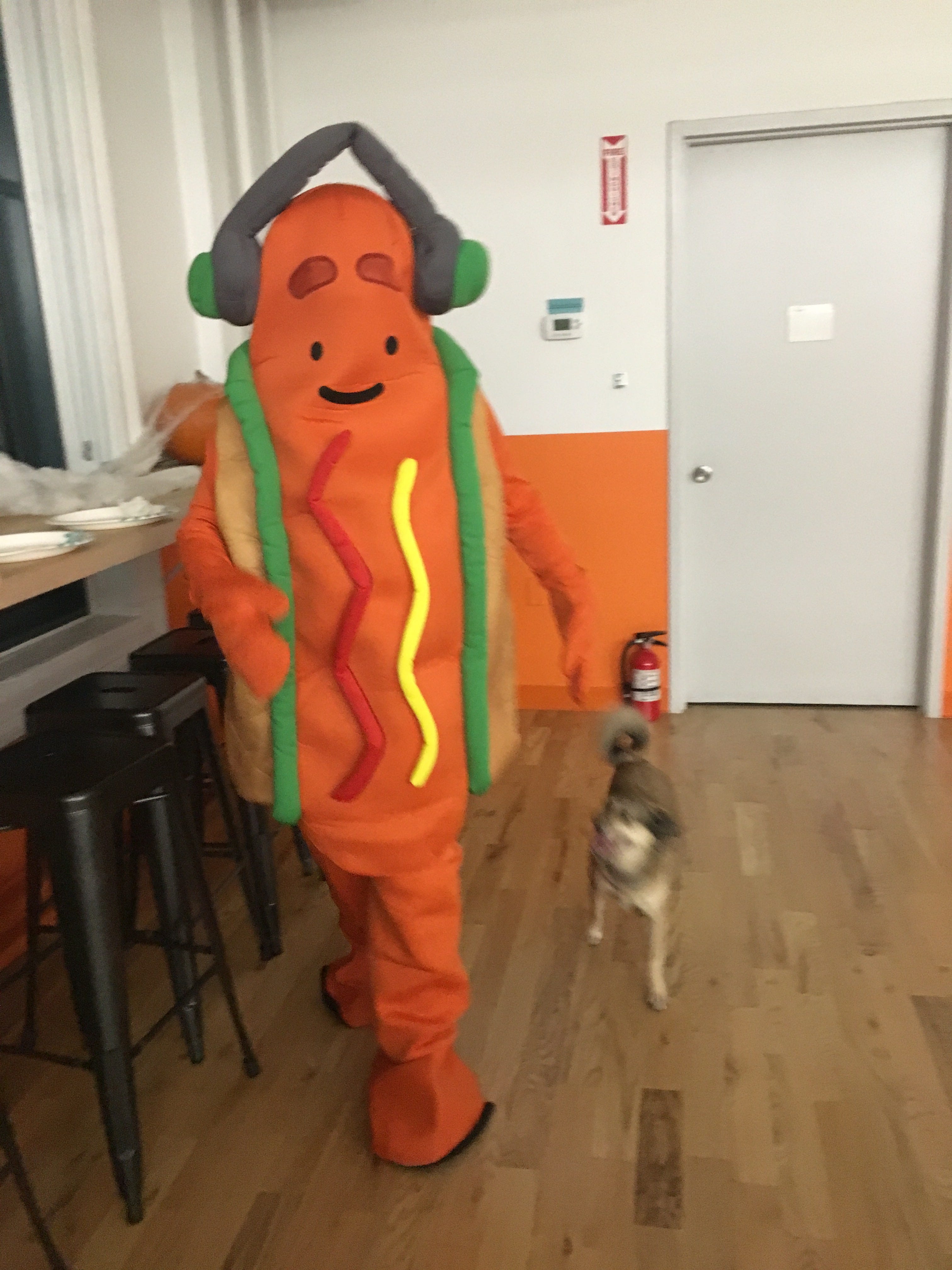
But as I continued to reuse the costume year after year, the value of my asset depreciated along with Snapchat's fading relevance in the world. People didn't see me as the Snapchat Dancing Hot Dog anymore. They asked questions like, "Why does this hot dog have headphones?" and "Why is it moving like that?"
Flash forward to 2023. My SNAP share is long gone, sold for a measly $5.33, an unfortunate 76.57% loss. My other investment remains, but I need to make an important decision. Do I pack it up and take this relic of a bygone era with me when I move to London? Do I see if its 100% polyester fibers are in any way recyclable? Or do I attempt to sell it and use the loss to offset some of my capital gains?
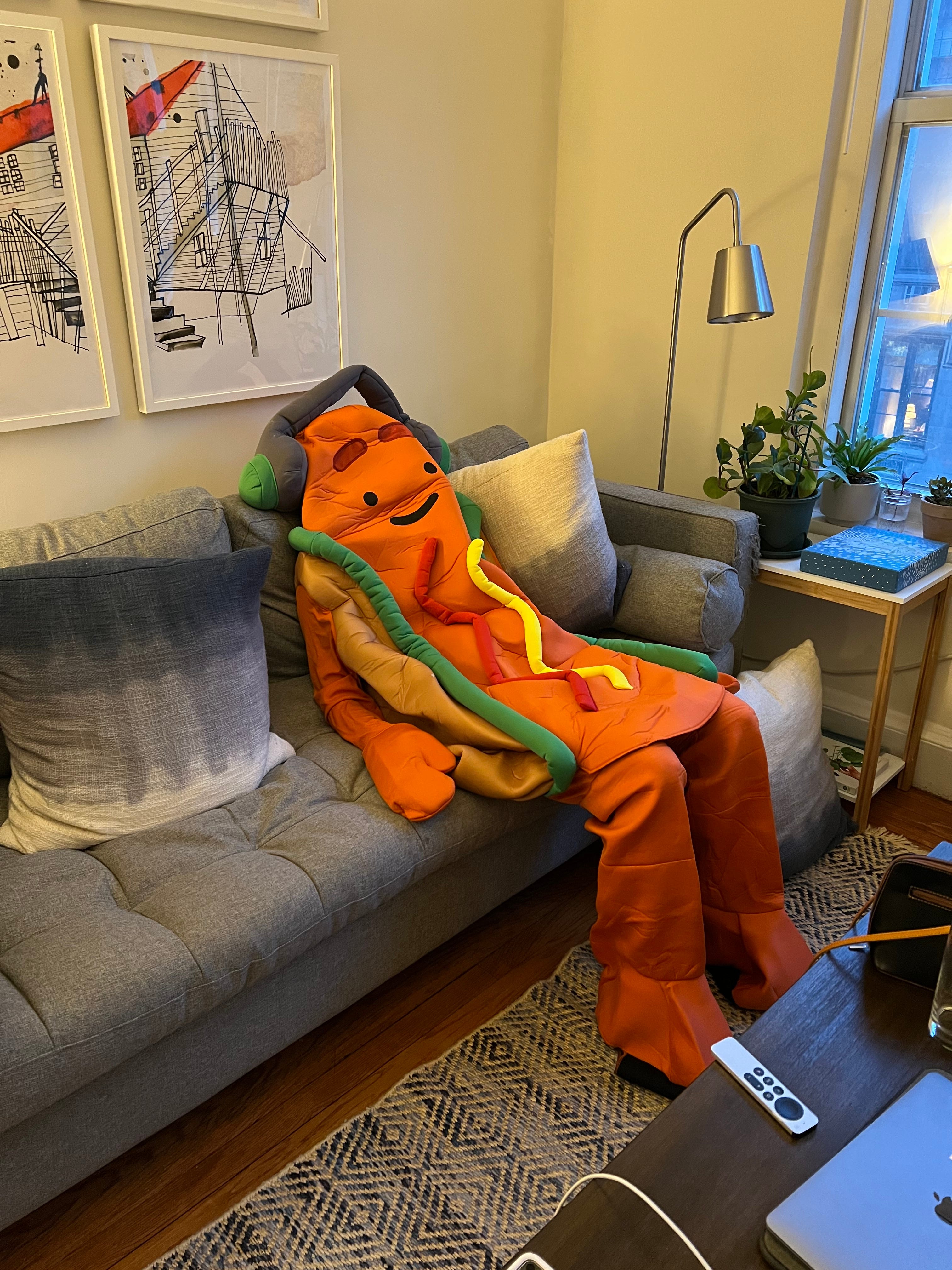
My listing for one "Snapchat Dancing Hot Dog Costume" went up on Facebook Marketplace for $25 on October 18th, just in time for not-quite-last-minute-but-getting-there Halloween costume shoppers. I was skeptical that anyone would remember the Dancing Hot Dog, let alone be interested in purchasing the costume for a Millennial theme party. But within hours, I had messages from interested buyers, and it was out of my apartment in just under two days. By the numbers: 2201 clicks on the listing, 39 listing saves, 27 listing shares, 18 interested buyers, and one final sale at full asking price (despite some attempted last-minute negotiations).
After six years holding onto this asset, I realized a 68.55% loss—slightly less dramatic than my other investment, plus I had the pleasure of being the Snapchat Dancing Hot Dog year after year.¹
I hope that the new owner of the Snapchat Dancing Hot Dog Halloween costume is wearing it tonight, sweating their ass of in pure polyester, robotically shifting their outstretched arms back and forth while onlookers tear up, remembering a simpler time.
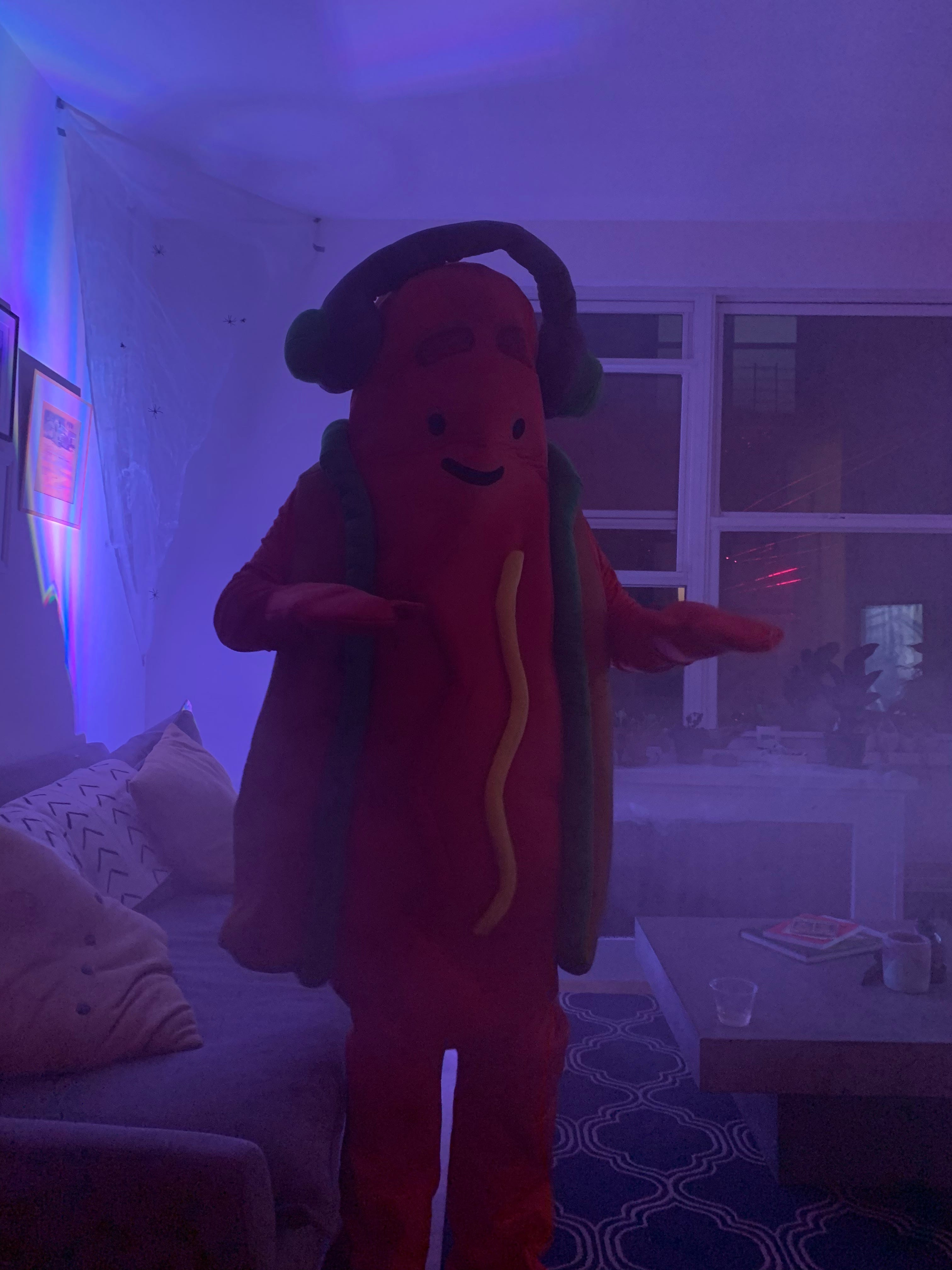
Of course, this pales in comparison to my third Snap, Inc. investment. I purchased two pairs of first generation Spectacles, their line of smart glasses, from a vending machine in New York City just before Christmas 2016, all part of Snap's slow rollout strategy for their first big hardware bet. I sold one of the pairs on eBay for twice the MSRP, leaving me at a break-even point. ↩

